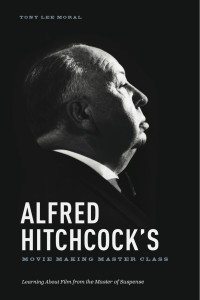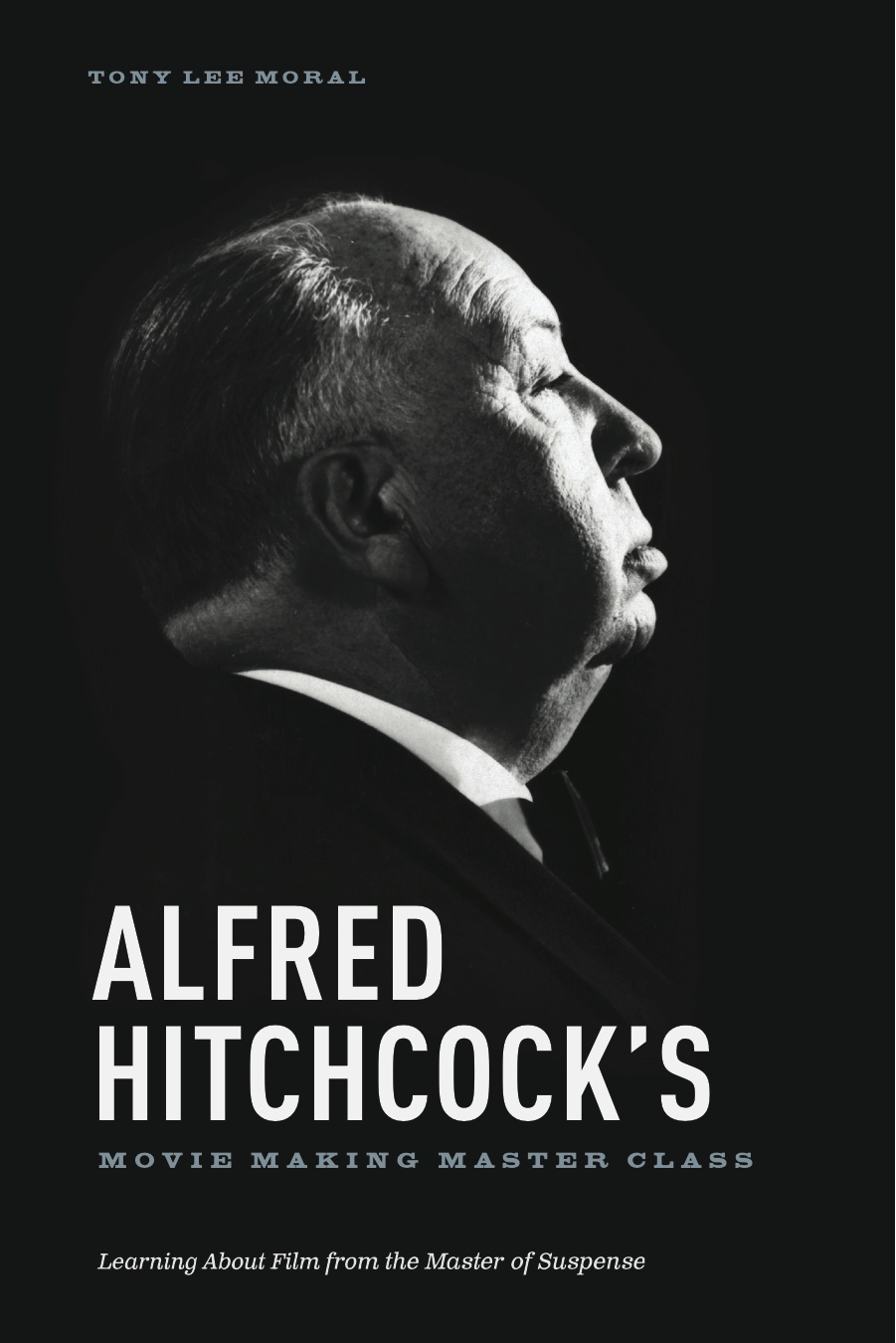How to write a Suspenseful Alfred Hitchcock thriller
by Tony Lee Moral
 As the author of three books on Alfred Hitchcock, it’s fair to say that the Master of Suspense has been a huge part of my life. Hitchcock himself was drawn to source material ranging from John Buchan’s “The Thirty Nine Steps” to Patricia Highsmith’s “Strangers on a Train”. So when writing my latest novel, “Playing Mrs. Kingston”, a crime murder mystery set in New York City in 1959, I was naturally drawn to Alfred Hitchcock’s principles of suspense when crafting my story.
As the author of three books on Alfred Hitchcock, it’s fair to say that the Master of Suspense has been a huge part of my life. Hitchcock himself was drawn to source material ranging from John Buchan’s “The Thirty Nine Steps” to Patricia Highsmith’s “Strangers on a Train”. So when writing my latest novel, “Playing Mrs. Kingston”, a crime murder mystery set in New York City in 1959, I was naturally drawn to Alfred Hitchcock’s principles of suspense when crafting my story.
Suspense can be described as the stretching out of anticipation. But what is the difference between mystery and suspense? The two terms often get confused. Let’s hear it from the Master of Suspense himself, Alfred Hitchcock: “Mystery is an intellectual process, as in a who dunnit. . .but suspense is essentially an emotional process. With suspense it’s necessary to involve emotion.”
Hitchcock believed the formula for an exciting story is to find a single problem which is sufficiently enthralling to hold the attention of the audience or reader while the story unfolds. Often he relied on a “MacGuffin” which he described as the engine of the story, the object around which the plot revolves and motivates the actions of the characters. More often or not, the MacGuffin is a red herring. The characters care about it and are chasing after it, but the audience does not. In “Notorious”, the MacGuffin is the uranium ore hidden inside the wine bottles; in “Psycho”, it is the $40,000 dollars stolen by the secretary, which ends up in the bottom of a lake; and in my novel Playing Mrs Kingston, the MacGuffin is the stolen Caravaggio painting.
Although Hitchcock was the master of suspense movies, his general approach to storytelling applies to all types of genres, not only films that are explicitly suspenseful. Traditional films that share elements of suspense and manipulation of information to create suspense include dramas, action adventures and romantic dramas.
Suspense is different from mystery, and has largely to do with the audience’s own desires or wishes. So getting the suspense right in your book is a very important part of the process.
In all suspense you must give the audience information so that they become anxious and care about the characters. A good murder mystery states, in the opening three chapters, the book’s central theme and dilemma. I write about these principles of suspense building in my book “Alfred Hitchcock’s Movie Making Masterclass”, which I applied when writing my novel. Often the reader knows more than the characters, especially when the character’s life may be in danger, or if someone is spying on them. Hitchcock believed it was vital to give this information, so that the viewer or reader would have ‘anxieties’ on behalf of the character.
If you tell the audience that there is a bomb in the room and that it’s going to go off in five minutes, that’s suspense. Hitchcock knew how to mix the ingredients of suspense so that emotional tension became almost unbearable. “We’re sitting here talking,” said Hitchcock in an interview. “And we don’t know there’s a bomb hidden inside your tape recorder. The public doesn’t know either, and suddenly the bomb explodes. We’re blown to bits. Surprise, but how long does it last, the surprise and horror? Five seconds no more.” The secret Hitchcock maintained, was to let the audience in on the secret, the ticking bomb. In that way, instead of five seconds of surprise, you’ve created five minutes of suspense.
I sometimes gave more information to the reader than the central characters to keep the suspense going in my novel. Good suspense should actively involve the audience in the telling of the story, often by keeping them a few steps ahead of the characters. For example, when Catriona goes down to the wine cellar to meet her lover Mario, she is unaware that she is being followed. Or when, she comes and goes within the Kingston house, she is secretly being spied upon by Grace and Ward. Most of all Hitchcock loved a good yarn. He described his mysteries like a trip to the haunted fun house. I made sure I had a lot of fun when writing “Playing Mrs. Kingston”.

Tony Lee Moral
Tony Lee Moral is an author, television producer, and screenwriter with an interest in mystery and suspense. His recent releases: Alfred Hitchcock’s Movie-Making Masterclass, (Michael Wiese Productions, 2013), The Making of Hitchcock’s The Birds (Kamera Books, UK, 2013), and Hitchcock and the Making of Marnie (second edition; Rowman & Littlefield USA, 2014). His murder mystery thriller, Playing Mrs Kingston (2014) is published by Porfirio Press, an imprint of Zharmae Publishing.

0 responses to “How to write a Suspenseful Alfred Hitchcock thriller”